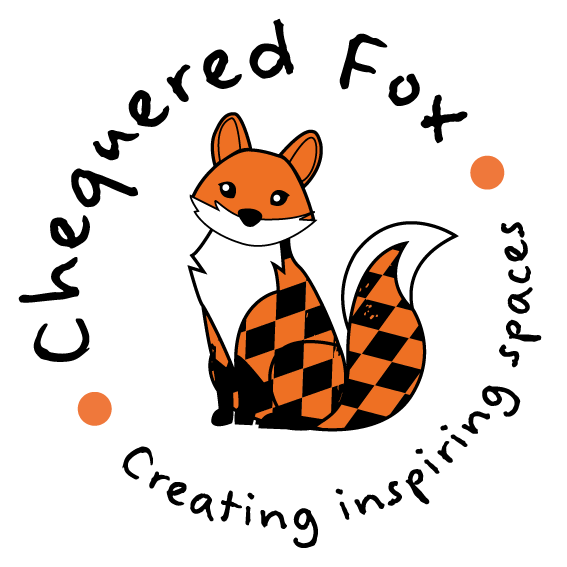Discover the magic of using simple things to inspire big adventures for young kids. We know how important it is to choose the right toys for open-ended play. Let's explore how these toys can spark creativity and learning in the early years of a child's life.
Small World Play: Small world play, with tiny landscapes and open-ended scenarios, has many educational benefits. Even with basic materials, kids can engage in imaginative play that helps with creativity, problem-solving, language development, and social skills. It's a fantastic tool for a well-rounded early childhood education.
Nature's Classroom: Use natural items like twigs, leaves, pebbles, and acorns to bring the outdoors into playtime. These elements not only connect children with nature but also make versatile materials for creating mini-worlds. Including nature in teaching helps install a sense of wonder from an early age.
Everyday Items with a Twist: Check your supply closets and kitchen for everyday items that can transform into play tools. Bottle caps, cotton balls, clothespins – these simple things can turn into tools, structures, and characters, encouraging innovation in young minds.
Loose Parts Magic: Embrace the idea of loose parts – movable, open-ended items that invite endless possibilities. Buttons, beads, shells, and small wooden blocks become dynamic components for creative construction and imaginative play. Encourage teamwork as children combine these parts to build stories together.
Tiny Figures, Big Stories: Bring small figures and animals into the learning environment. These little characters can kickstart storytelling, prompt discussions, and inspire creative expression. Watch as children assign roles, create scenarios, and build intricate stories around these tiny friends.
Sensory Fun: Enhance small world play by engaging the senses. Introduce materials like rice, sand, or playdough for a tactile dimension to learning. Sensory play not only stimulates motor skills but also boosts cognitive development, making it crucial for early childhood education.
Story Stones and Puzzle Pebbles: Boost literacy skills by using story stones in play. Paint or draw on small pebbles to represent characters, objects, or events, encouraging kids to construct and share stories. Create pebble paths that encourage problem-solving and spatial awareness, adding an educational twist to their play.
Create a Play Zone: Set up a dedicated space in your classroom or nursery for imaginative play. This "imagination station" can be a tray, corner, or tabletop with carefully chosen materials, encouraging kids to take charge of their creative space and fostering a sense of wonder.
Choosing the right small world play resources can open doors to limitless learning and imagination. As teachers and nursery owners, we have the power to nurture creativity and shape young minds. By incorporating these simple resources into our curriculum, we empower our little learners to dream big, explore freely, and start a journey of discovery that will last a lifetime.

